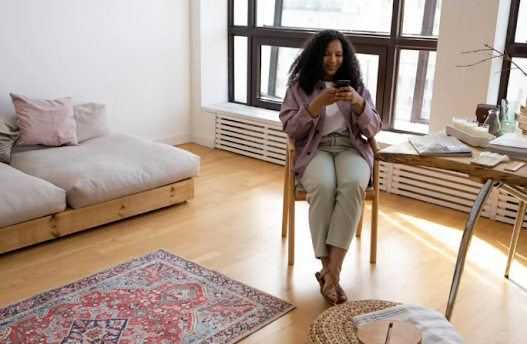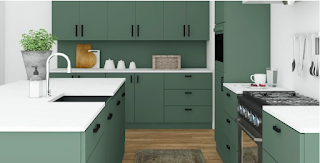Designers vs. Climate Change: 15 Best Tips To Combat Climate Change
Designers vs. Climate Change
The total carbon emissions from manufacturing, processing, installing, and transportation of interior design elements can cause carbon emissions equal to that of an entire building. According to Metropolis, construction businesses account for 40% of total carbon emissions across the world.
So, you can imagine the impact of interiors on climate change. The debate of designers vs. climate change is more than relevant in the present predicament, with a prediction of 2030 being the no point of return for the world on carbon emissions.
How can interior designers reduce the carbon footprint of what they create?
Designers can leverage sustainable materials in the creation of interiors for their clients and reduce their carbon footprint. However, the knowledge of materials, organic elements, and the natural approach to creating interiors becomes essential.
So, if you are wondering how can interior designers fight climate change, then here are some practical tips:
1. Energy-efficient designs
The building needs energy resources for several different functions like lighting, heating, cooling, and even ventilation purposes. The entire debate of designers vs. climate change revolves on how to minimize energy use and make buildings greener. One simple step that interior designers can take is to design a space that allows maximum energy efficiency with the usage of natural characteristics.
For example, interior designers can design their spaces for maximum reflection of natural light reducing the need for energy consumption. Here, designers can leverage bright color shades for making the walls reflective of natural light coming through windows.
2. Going organic
As interior designers, you will have to be careful with the materials that you choose for your designs. By choosing organic material, you can avoid the carbon footprints that other elements cause during their manufacturing process.
3. Recycle, upcycle & repurpose
Recycling, upcycling, and repurposing are three pillars to answer the question-how can interior designers fight climate change?
- Recycling- Creatively reusing waste products to avoid waste and improve the environment.
- Upcycle- Make use of discarded materials into something more creative and eye-catching, which enhances the entire interior design.
- Repurpose- Repurposing the material is important as it helps in sustainability and reducing waste products. You can repurpose materials into new creations through creative designs.
4. Longevity of materials
Designing your interiors for a longer lifespan helps in keeping the carbon footprint low. With such design and carbon-negative materials, interiors will have a longer lifespan which ultimately helps in reducing wastage. Also, the need for fewer materials in the future means lower energy usage for manufacturing and production purposes.
Click here to read full blog.




Comments
Post a Comment